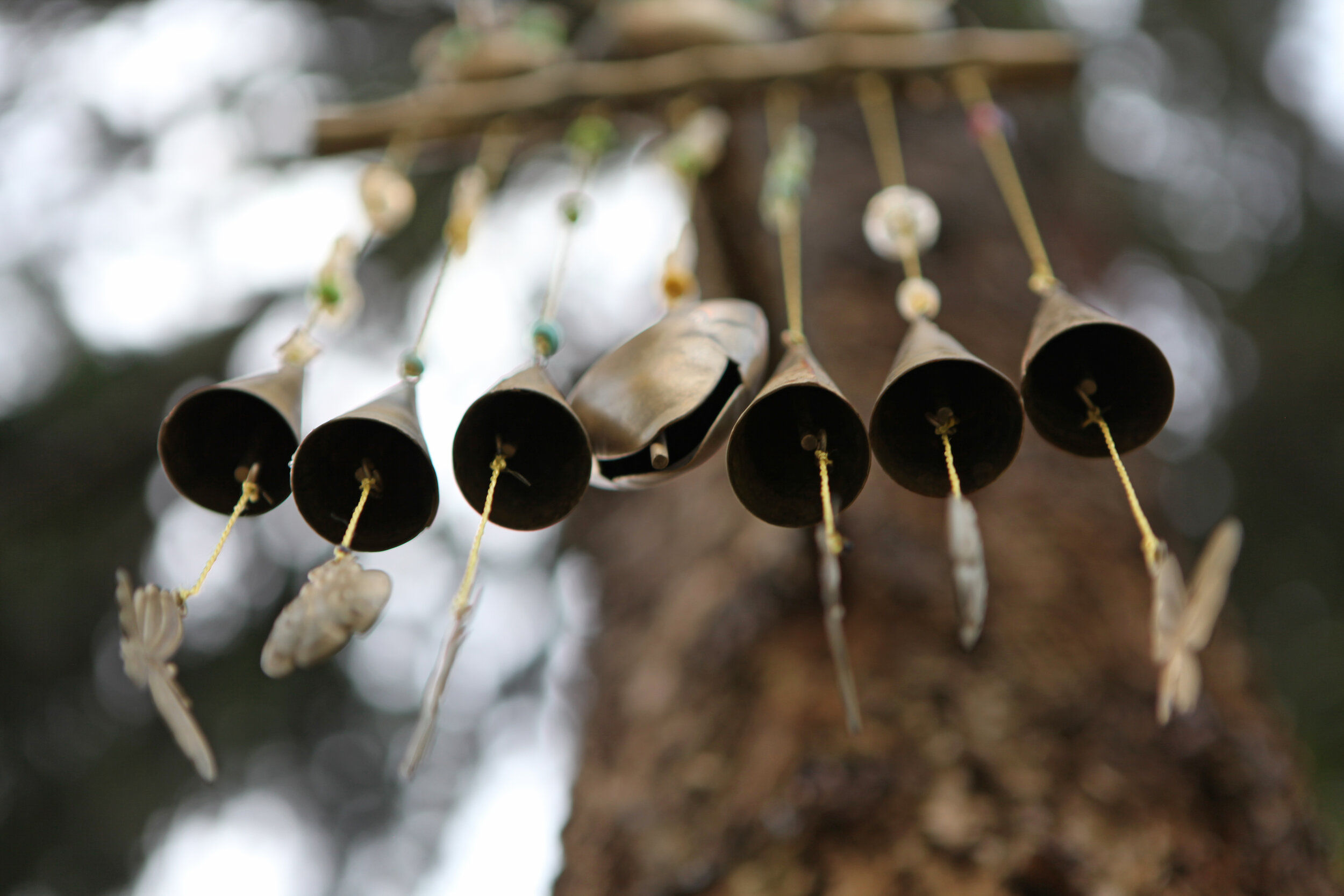Music
“We don’t have a language for the senses. Feelings are images, sensations are like musical sounds. ”
As a psychologist and musician, over many years I’ve come to appreciate the common ground between psychoanalysis, music and the creative arts. Psychoanalysis and music – as well as psychoanalysis and religion, architecture, film, poetry, theatre and dance – have been widely discussed in the psychoanalytic literature. In this research, I am exploring the deep connections between psychoanalysis, the senses, music and nature. The input from, and product of our senses is inseparable from what might be called ‘art’. Art, with its origins deep within human emotional experience, is connected all the way back to the initial relationship: the one between mother and infant. Musical properties of pitch, texture, melody etc. are metaphors for dynamics within relationships. Cultural and spiritual traditions over the millennia have taught that via the connection with nature and with other human beings, happiness, meaningfulness and peace of mind may be achieved. This connection develops from the idyll of the mother’s unconditional love for her child. As Freud famously said in a letter to C. G. Jung, psychoanalysis is, “in essence, a cure through love”.
“Music is one of the highest, if not the highest form of beauty that has revealed itself to mankind; its rhythm and melody have no tendency to imitate reality, even in the strictly stylised form… Music produces an artistic illusion, its rhythmic repetition leads to the highest narcissistic gratification, thereby releasing fantasies like the associative freedom of a daydream. It is this daydreaming which forms the nuclear basis of poetry and music alike; both are ego-centric and both lead to the highest form of enjoyment, an intensity of aesthetic attitude which is not to be found in any of the other arts, such as painting or sculpture.”
“If I were not a physicist, I would probably be a musician. I often think in music. I live my daydreams in music. I see my life in terms of music.”
An individual’s emotional response to music is highly subjective. Regardless of musical taste, when music serves a largely functional purpose, therapeutic possibilities for its use can be expanded. For example, if I were curating a music for psychoanalysis, that music would naturally foster reflection, contemplation – perhaps a sense of freedom to wander within it. It would feature texture and atmosphere, more than strong melody and rhythm, and leave room in its composition for listening and reflecting, creating a space for reverie, same as in the therapy session.
Artists Rothko and Kandinsky, like psychoanalysts Carl Jung, Thomas Ogden and Theodore Reik, have all identified that music is fundamental to their sense of ‘who they are’.
Of all the arts, it is said that music has the greatest power to influence a broad range of human activities and emotions.
“Infants dance to the music of human speech. This implies that from birth onward they are receptive to the music of human speech (but not to randomly assembled speech sounds) and are capable of expressing its rhythms through bodily movement (a response absent if the stimulus is rhythmic mechanical sound). Song-and-dance is innate, requires some interaction or activity with someone outside the self, and seems to be necessary for the maintenance of the infant’s psychological integrity, just as physical sustenance is necessary to the infant’s physical survival.”
In terms of healing, music therapy has shown itself to be a beneficial psychological treatment for myriad health problems. However, little research has been applied to the question of how music might be compatible with one of the most controversial and elusive of psychological therapies – psychoanalysis. In an effort to bridge this gap, my thesis investigates how music could complement the psychoanalytic endeavour. I coined the term Unsaturated Music (Uµ) to describe music whose semiotic properties are considered compatible with both the mood of the psychoanalytic encounter and the setting in which psychoanalysis occurs.
Uµ is about tone colour, texture, atmosphere, rhythmic flow and repetition, without emphasis on traditional melody, harmony or beat. Uµ is not a new form of music. It is ‘functional music’ – music for a purpose – drawing on electronic, ambient, classical, contemporary and folk traditions. Functional music is less concerned about genre than it is about the qualities of mood and atmosphere it generates. Relevant semiotic properties can be curated to influence just about any activity, for example exercise or meditation.
The aim of this thesis is to explore how music, specifically Uµ, may assist patients in their transitioning from their outside lives into their psychoanalytic session. Uµ aims to induce reverie, a state of mind thought to enhance the psychoanalytic process. In Uµ, lyrics, strong rhythm and powerful melody are felt as directive and impinging, and are therefore avoided.
Winnicott said that too much impingement (overwhelming sensory stimulation) produces a ‘false self’ – in the formative stages of life, the infant negotiates what is ‘me’ (the total attachment phase , ‘as one’, to the mother) from the ‘not me’ (a transitioning into separateness and independence). An infant (same as a regressed patient) becomes overwhelmed with too much ‘not me’ being experienced at once. Conversely, if there is no ‘impingement’ at all, there would be insufficient sensory input to form the boundaries of emotional life or relationships.
In the context of the analytic session, I am proposing that through the experience of Uµ, the patient can discover the ‘right level’ of impingement, i.e. sensory engagement. Once that is achieved, the therapy can proceed.



